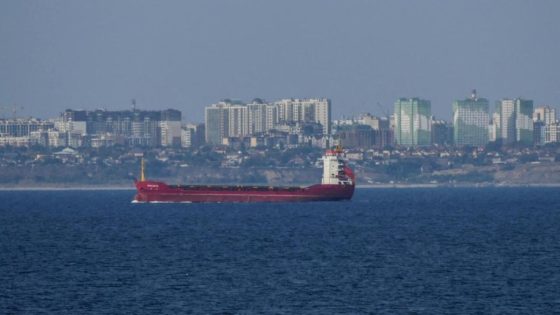Japanese lunar exploration company ispace has announced its ambitious plans for the Hakuto-R Mission 2, targeting a landing site in the Moon’s northern hemisphere.
The mission’s RESILIENCE lander is set to touch down near the center of Mare Frigoris, or the “Sea of Cold,” at 60.5 degrees north latitude and 4.6 degrees west longitude.
This choice of landing site represents a significant step in lunar exploration, as it would be the most northerly touchdown on the Moon to date. Mare Frigoris, an expansive basaltic plain, offers unique scientific and operational opportunities for ispace’s mission objectives.
The selection of this northern location was not made lightly. ispace’s team carefully considered various factors to ensure the site meets both technical and scientific requirements.
Key criteria included continuous sun-illumination duration and consistent communication visibility from Earth, both crucial for the lander’s operations and the success of its payloads.
Among the payloads is the TENACIOUS micro rover, developed by ispace’s European subsidiary. This small explorer will play a vital role in the mission’s scientific objectives, including the collection of lunar regolith samples.
Ryo Ujiie, CTO of ispace, expressed confidence in the mission, stating, “This is the next step for ispace and the RESILIENCE lander, leading to our second attempt to land on the Moon and explore beyond.” The company has also prepared multiple contingency landing sites to ensure operational flexibility while maintaining scientific and logistical continuity.
This Northern Hemisphere landing attempt comes after ispace’s first mission in April 2023, which unfortunately ended in a crash landing. The company has since incorporated lessons learned from that experience into the design and planning of Mission 2.
The choice of a high-latitude landing site also aligns with growing international interest in the Moon’s polar regions, which are believed to contain water ice and other valuable resources.
By targeting Mare Frigoris, ispace is positioning itself at the forefront of lunar exploration and potential future resource utilization efforts.
As ispace prepares for the launch of Hakuto-R Mission 2, scheduled for December 2024, the global space community watches with anticipation. Success would not only mark a significant achievement for ispace but also open new possibilities for lunar exploration in the Moon’s less-explored northern regions.
Source Agencies



